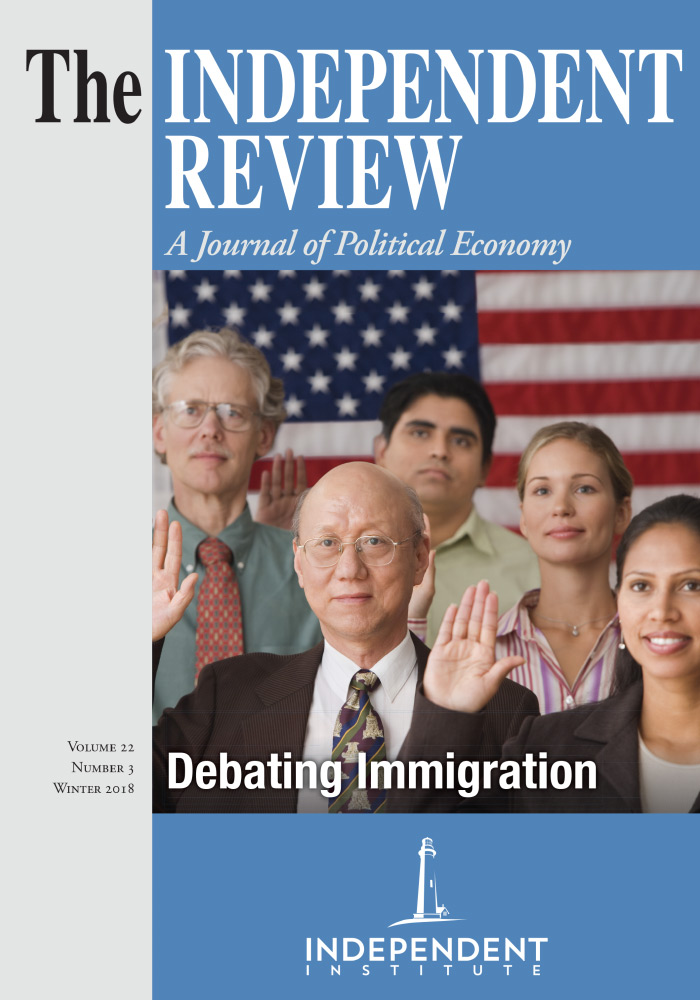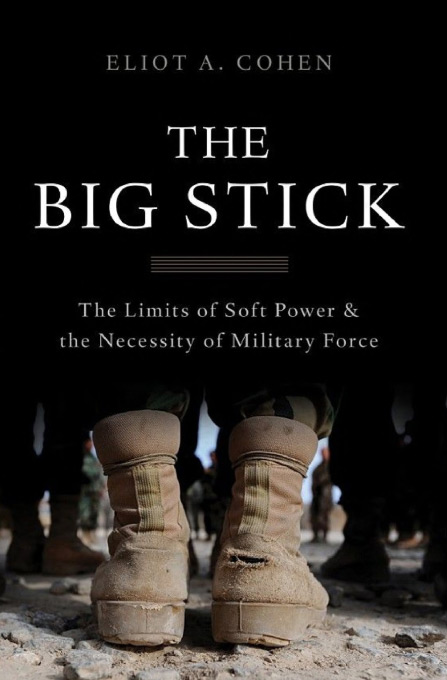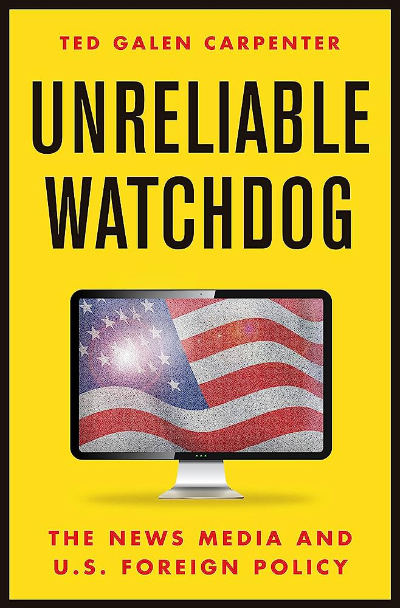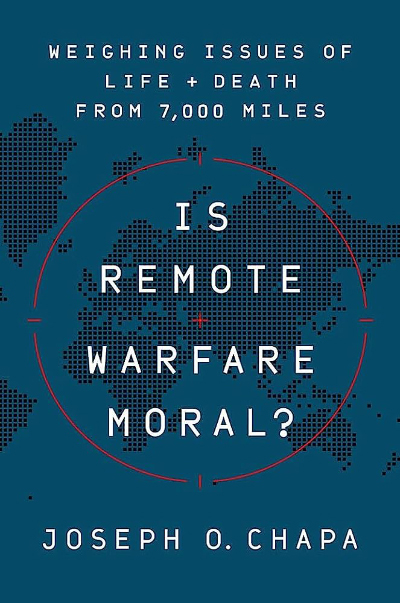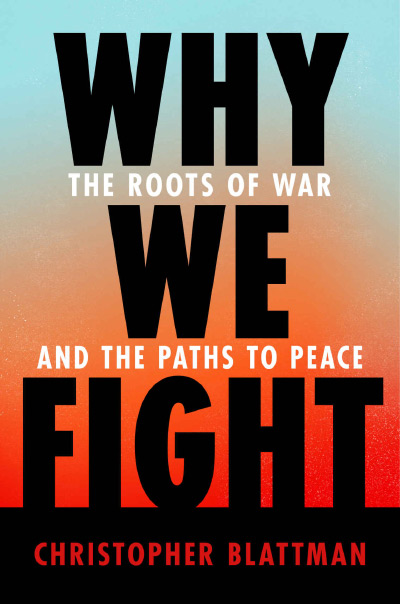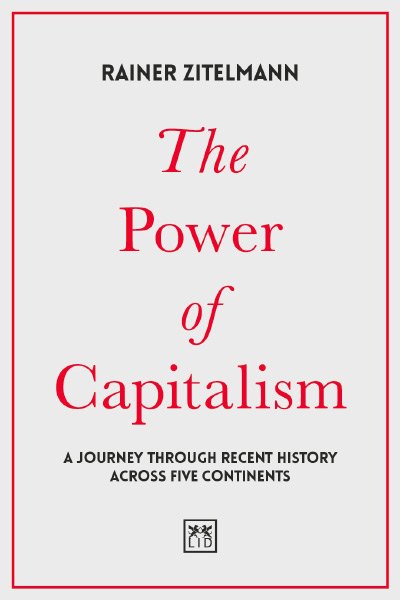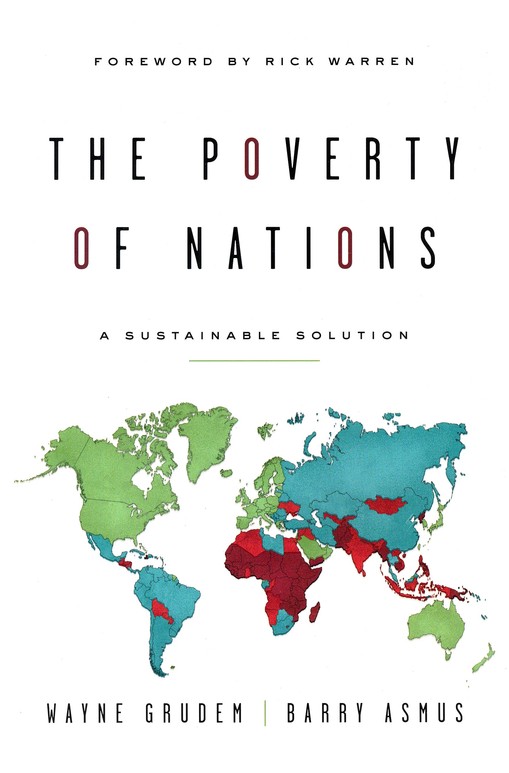On May 25, 1936, William E. Rappard delivered the eighth Richard Cobden Lecture at the Royal Society of Arts in Adelphi, London. In his lecture, titled “The Common Menace of Economic and Military Armaments,” Rappard argued that military and economic armaments are related and pose a grave threat to international peace and prosperity. Military armaments are tools of brute force that can be used for both defensive and offensive purposes. The accumulation of military armaments reduce global safety by making other, lesser-armed countries feel less secure. Economic armaments, in contrast, refer to “all those legislative and administrative devices intended to restrict imports” and to manipulate economic activity between those living in different states (William E. Rappard, The Common Menace of Economic and Military Armaments [London: Cobden-Sanderson, 1936], p. 10). These armaments increase the chance of conflict by preventing positive-sum exchanges between parties and fostering isolation, nationalism, and a sense of “us” against “them.” Together, military and economic armaments, according to Rappard, threaten global well-being by undermining the growth and stability produced by the free movement of goods, services, and people.
Eight decades after Rappard’s lecture, military and economic armaments remain at the forefront of foreign-policy discussions, as illustrated by two recent books. In The Big Stick: The Limits of Soft Power and the Necessity of Military Force, Eliot Cohen argues for a renewed commitment by the U.S. government not only to invest in its military armaments but also to use this substantial force around the globe proactively to promote American security and ideals. In War by Other Means: Geoeconomics and Statecraft, Robert Blackwill and JenniferHarris argue that the U.S. government should be more willing to engage in “geoeconomics,” their term for using economic power to accomplish geopolitical goals. From their perspective, a rebalancing of the U.S. government’s foreign-policy tools is needed in which geoeconomics is elevated to the same level as hard power and diplomacy.
The relevance of Rappard’s lecture should be evident. Whereas Rappard saw military and economic armaments as a “common menace” threatening global peace and prosperity, the authors of these two books see them as tools for enhancing peace and prosperity. Are Rappard’s concerns antiquated? I do not believe so. But before explaining why, I summarize the case for military armaments put forth by Cohen and the case for economic armaments put forth by Blackwill and Harris.
The Case for Military Armaments
The Big Stick is broken into eight chapters, in between a brief introduction and epilogue. In the opening lines of the introduction, Cohen tells his readers that Americans must take on the responsibility for maintaining world order because “[t]o do otherwise would mean not only to acquiesce in civilization-threatening horrors, but to jeopardize their own prosperity and freedoms” (p. 1). The rest of the book attempts to explain why.
Cohen first explores the past fifteen years of war by the U.S. government in Afghanistan and Iraq (chapter 2). He lays out what he considers to be the successes and failures of each intervention, finally admitting at the end of the chapter that “the Iraq War was a mistake” (p. 59) and that “as of 2015 the success achieved [in Afghanistan] seemed fragile” (p. 60). In doing so, he warns that although reflection on these wars is necessary, it is important “not to be overwhelmed by these experiences, or to read too much into them” (p. 61). Doing so runs the risk of neglecting present-day threats, which he believes are significant.
Next, Cohen considers the overall health of the U.S. military through a review of military expenditures by the U.S. government and the personnel and equipment it has purchased (chapter 3). He expresses concern about the overly bureaucratic and cumbersome procurement process and the general inertia of the U.S. military apparatus. Nonetheless, there is reason for future optimism due to America’s economic strength, its alliances, and its demographics, which are among the most favorable of any of the current powerful states.
The book then turns to a discussion of what Cohen considers to be the four vital threats to U.S. security and ideals. China (chapter 4) threatens to establish “hegemony over its neighbors” while “attempting to reshape the international order in its image” (p. 99). In response to this threat, he argues, the U.S. government must strategically use military force to balance this tendency and to prevent China from obtaining too much global power. What, specifically, does achieving these goals require? Cohen contends that success “rests on coalition management and force structure” (p. 117). The U.S. government must signal that it is “capable of generating large quantities of military power,” which includes producing large military forces in a short period of time and deploying a “powerful navy and air force that can reassure, strengthen, and protect its allies, and cripple China by blockading its ports and disrupting its commerce” (p. 120). Cohen recognizes the possibility of a Sino–American war but suggests his strategy would deter such a possibility by making aggression by the Chinese government “selfevidently unwise” (p. 124).
Another supposed threat is Islamist terrorism (chapter 5), or what Cohen calls “jihadis,” including al-Qaeda, the Islamic State, al-Shabaab, and Boko Haram, among others. Cohen contends that the war against jihadis will go on for decades and requires continued targeted killings and potentially the need for larger-scale military interventions to combat terrorist groups. He also argues for the continued capture of terrorist leaders and their imprisonment at the Guant´anamo Bay facility, which, in his view, should be kept open. Finally, Cohen advocates for targeted interventions in fragile states where jihadi movements operate. The goal of these interventions is to stabilize the country by providing security, training armed forces and police, and providing reconstruction assistance.
The third threat, “dangerous states” (chapter 6), actually includes three distinct threats—Russia, Iran, and North Korea. The threat posed by each of these states, according to Cohen, is regional and therefore requires regional responses. Specifically, the use of hard power in these cases should aim to deter military adventures by the governments of these states and to reassure allies in the respective regions. Hard power requires the ability to use conventional force, clandestine operations, and effective proxy wars. Moreover, it may very well require the U.S. government to engage in the use of preemptive force to prevent Iran and North Korea from securing nuclear weapons. Accomplishing these goals, Cohen argues, calls for a permanent deployment of U.S. military forces to these regions so they can be prepared to act as needed.
The final threat comes from ungoverned spaces and the commons (chapter 7)— that is, the virtual and physical spaces not effectively governed by a state. Responding to these threats requires the U.S. government to follow up on military interventions in order to develop institutions conducive to security and the rule of law. These efforts may take decades and require a significant commitment by the intervening governments.
Cohen argues that, when possible, these efforts should take place with a coalition of allies to foster legitimacy and increase the chances of effectiveness. In addition, the U.S. government should seek to govern the commons of the sea with a strong naval presence that ensures peace and open trading lanes. Hard power, according to Cohen, may be necessary in response to a cyberattack and will eventually play an important role in outer space, which is currently ungoverned. He concludes that in each case “[U.S.] military power remains the ultimate guarantor that the diverse great commons of mankind remain accessible to all” (p. 193). Cohen concludes by arguing that the U.S. government should move away from regularly scheduled planning and strategy documents, which are bureaucratic in nature and don’t reflect the rapidly changing conditions of geopolitics. He also makes the argument for a percentage-based target for U.S. defense spending, contending that 4 percent of gross domestic product (GDP), wisely spent, is suitable to meet the hardpower requirements discussed throughout the book (the U.S. government currently spends about 3.3 percent of GDP on defense). He offers a list of six general rules for guiding future U.S. foreign policy that are extremely broad in nature—for example, “Planning is important; being able to adapt is more important” (pp. 217–18); “You will prefer to go short, but prepare to go long” (pp. 219–20); and “While engaging in today’s fight, prepare for tomorrow’s challenge” (pp. 220–21). These rules are intended to serve as a general guide because, as Cohen states in the epilogue, although “[m]ilitary power is, at best, a rough and imprecise instrument,” it is nonetheless “indispensable, and at this juncture in our history, perhaps, more so than ever” (p. 226).
The Case for Economic Armaments
The central argument of War by Other Means is that the U.S. government has fallen behind other powerful countries, namely China and Russia, in using economic armaments to achieve foreign-policy goals. The result of ignoring the power of these geoeconomic tools is that “the United States squanders opportunities and dilutes its own foreign policy outcomes” (p. 1). Blackwill and Harris’s goal is to correct this imbalance by making a case to elevate geoeconomics to the same level as hard power and diplomacy. The book, which consists of an introduction and ten chapters, makes the case by exploring the various aspects of geoeconomics and emphasizing its benefits as a foreign-policy tool.
Blackwill and Harris begin by defining geoeconomics as both “the use of economic instruments to promote and defend national interests, and to produce beneficial geopolitical results” and “the effects of other nations’ economic actions on a country’s geopolitical goals” (p. 20). They then consider the reemergence of geoeconomics and how it has become a primary tool for other governments (chapter 2). They attribute the rise of geoeconomics to the lack of alternatives for other countries resulting from U.S. military dominance, the access to valuable resources by an increasing number of governments, and the integration of global markets.
The authors provide a survey of seven geoeconomic instruments (chapter 3)— policies associated with trade, investment, the monetary system, sanctions, cyberattacks, aid, and energy and commodities—and explain how each instrument operates and how the seven instruments are often related to one another. In doing so, Blackwill and Harris consider the features and conditions required for the various instruments to operate effectively. Four endowments influence the effectiveness of geoeconomic tools: the ability to control outbound investment, the specific makeup of the domestic market, the control of energy and commodity flows, and the relevance to the global financial system.
Blackwill and Harris then turn to China, providing six case studies of the Chinese government’s use of geoeconomic tools (chapter 4). Extending the discussion of China’s use of geoeconomic policy beyond Asia, they consider (chapter 5) whether its use of these tools is successful overall, concluding that “the body of evidence points to yes” (p. 130). They do qualify this conclusion, noting that, “[a]t the same time, geoeconomic success is sometimes exaggerated, including with respect to China” (p. 131).
Returning to the United States, Blackwill and Harris trace the historical use of geoeconomic policies by the U.S. government (chapter 6). They provide several reasons for the decline in the use of these tools, including a lack of post–Cold War presidential leadership, a narrow preoccupation with the use of sanctions, and bureaucratic inertia within the U.S. government. Turning to the government’s current use of geoeconomic policies (chapter 7), they emphasize that these tools are often judged by the wrong standard. The effectiveness of geoeconomic policies, in their view, should be measured not by their economic impact but rather by their geopolitical impact. Policies may have a negative economic impact but positive geopolitical effects. America’s energy revolution will have a significant influence on future geoeconomic policy making (chapter 8), with the United States expected to become the leading producer of crude oil, natural gas, and natural gas liquids. Blackwill and Harris argue that this shift will provide the U.S. government with new strategic geoeconomic options to influence geopolitical outcomes.
The final chapters are forward looking. Blackwill and Harris provide a list of twenty recommendations for the development of a geoeconomic strategy for the United States. Most of these prescriptions are extremely broad—for example, “The president must speak to geoeconomic policy” (p. 227), “Meet the test of climate change” (p. 237), and “Adopt new rules of engagement with Congress” (p. 248)— and the specific details and implementation are left for others to work out. The book concludes by situating geoeconomic policy within the authors’ vision of America’s grand strategy. They identify eight “extremely important” elements of U.S. national interests and argue that geoeconomic policy is crucial to protecting and advancing these interests. They make clear that “U.S. military primacy continues to be essential in promoting and defending these national interests” (p. 255) but reiterate that geoeconomic tools are crucial complements that deserve renewed attention and support. As this statementmakes clear, the cases formilitary armaments and economic armaments are interrelated.
Are Military and Economic Armaments a Menace?
In 1936, William Rappard argued that military and economic armaments pose a “common menace” to global stability and prosperity. Both The Big Stick and War by Other Means, in contrast, argue that the U.S. government’s proactive use of military and economic armaments is crucial for both domestic and global well-being. Which position is correct? There is good reason to side with Rappard.
Cohen as well as Blackwill and Harris focus on the potential benefits of increased military and economic armaments. Their books, however, neglect the potential costs associated with their respective prescriptions for expansions in the power of the U.S. government. Operating in the background of both books is hegemonic-stability theory, which posits that the global system is likely to remain stable when a single, powerful government serves as a global hegemon. In this role, the hegemon can shape, influence, and enforce the rules and arrangements governing international relations between nation-states. For the authors of both books, U.S. military and geoeconomic primacy, combined with extensive involvement in world affairs, will produce desirable outcomes for American citizens and the rest of the world.
This view raises a host of contentious issues. First, the presumed benefits of hegemony are questionable. For example, Daniel Drezner concludes his analysis of military primacy by noting that “[t]he economic benefits from military predominance alone seem, at a minimum, to have been exaggerated in policy and scholarly circles” (“Military Primacy Doesn’t Pay [Nearly as Much as You Think],” International Security 38, no. 1 [2013]: p. 54). “While there are economic benefits to possessing a great power military, diminishing marginal returns are evident well before achieving military primacy” (p. 54). This suggests that it cannot simply be assumed that increased military prominence is correlated with beneficial outcomes. The issue is not that military force has no effect but instead that simply increasing hard power does not necessarily yield increasing benefits.
The fact that the increased use of hard power does not necessarily yield associated benefits extends beyond purely economic gains to other scenarios as well. For example, an existing literature provides both theoretical and empirical support for the position that military intervention does not contribute to spreading sustainable liberal institutions (see Jeffrey Pickering and Mark Peceny, “Forging Democracy at Gunpoint,” International Studies Quarterly 50, no. 3 [2006]: 539–60; Christopher J. Coyne, After War: The Political Economy of Exporting Democracy [Stanford, Calif.: Stanford University Press, 2008]; and Bruce Bueno de Mesquita and George W. Downs, “Intervention and Democracy,” International Organization 60, no. 3 [2006]: 627–49). Among other things, this literature highlights the various epistemic and incentive issues facing interveners, which often lead to undesirable outcomes.
At first blush, it might appear that these insights apply to Cohen’s argument for increased military armaments but not to Blackwill and Harris’s call for increased reliance on geoeconomic tools. But this distinction neglects the reality that both military armaments and economic armaments fall under the broader category of weaponry to be wielded by one government over other people. As the very title of Blackwill and Harris’s book suggests, geoeconomic policy is simply “war by other means.” Despite its innocuous-sounding name, geoeconomic policy is a form of armaments to be deployed against enemies. As such, these weapons should be viewed as part of the war-making tool kit of those who control discretionary war-making power. Blackwill and Harris are clear that geoeconomic tools should be viewed as complements to military power. Because both military and economic armaments are tools of war, differences are best understood as a matter of degree and not of kind. The same knowledge constraints and incentives that plague the use of military force also apply to the use of economic armaments, although the specific manifestation of these factors may vary across contexts.
Beyond the questionable net benefits of hegemony, assumptions regarding the source of order must also be considered. Adherents to hegemonic stability theory hold that the world will be disorderly, chaotic, and violent absent control and planning by a dominant nation-state, such as the U.S. government. This view neglects the importance of spontaneous orders—the emergent orders that are the result of people pursuing their diverse ends rather than of conscious, centralized planning. A long tradition of spontaneous-order thinkers emphasizes that significant and crucial parts of the world in which we all live—that is, economic, legal, social arrangements—are not the result of human design but rather have emerged from the actions of dispersed individuals. These organic orders cannot be designed because they do not fit a single, general form across contexts and cannot be fully understood though limited human reason.
The logic of spontaneous order is crucial for understanding the nuances of international relations. For example, much of international commercial law is emergent in nature (see Bruce J. Benson, “The Spontaneous Evolution of Commercial Law,” Southern Economic Journal 55, no. 3 [1989]: 644–61), as are the international laws of war, which help to reduce the potentially significant costs of conflict (see Gary M. Anderson and Adam Gifford Jr., “Order out of Anarchy: The International Law of War,” Cato Journal 15, no. 1 [1995]: 25–38). In these cases, private individuals, each pursuing his or her own diverse ends, contribute to a broader order that frames and facilitates peaceful cooperation rather than conflict. An appreciation for spontaneousorder reasoning has important implications for two reasons.
First, it calls into question the assumption that a dominant, nation-state hegemon is necessary for order. For example, one of the common claims of those advocating for the U.S. government to serve as a global hegemon is the need to protect international trade routes. But why is the default position to assume that trade is so fragile that it will break down absent a liberal hegemon? It is equally, if not more, plausible to assume that people will figure out arrangements for cooperation given the significant benefits associated with peaceful exchange. Moreover, if one assumes that private parties are unable to secure such arrangements, one must also wonder how these same incompetents are going to elect and monitor government officials who supposedly act on behalf of their interests. If private actors cannot resolve opportunism in their interactions with others, why should we think these same people won’t fall prey to political opportunism by the political elite, who possess the discretion to exercise the concentrated power associated with control of military and economic armaments? And if they are subject to such opportunism, this is a strong argument for minimizing, if not altogether eliminating, the awesome powers associated with these armaments.
The second reason that spontaneous-order reasoning matters is that it sheds light on inappropriate assumptions made about other actors. As Robert Jervis notes, “A common misconception is to see the behavior of others as more centralized, planned, and coordinated than it is. This is a manifestation of the drive to squeeze complex and unrelated events into a coherent pattern” (Perception and Misperception in International Politics [Princeton, N.J.: Princeton University Press, 1976], p. 319). Both The Big Stick and War by Other Means suffer from this misconception because both associate order with state-produced control. If the U.S. government doesn’t exert control, they argue, then Americans will lose out because other governments will exert their power and influence. But this argument assumes that these “others” exert a significant amount of control over both their own polities and international affairs. However, as Jervis warns, “decision-makers generally overestimate the degree to which their opposite numbers have the information and power to impose their desires on all parts of their own government” (Perception and Misperception, p. 324). The same logic applies to international affairs as well, where actors possess little control over the numerous, overlapping complex systems that characterize the world. The implications of these insights are extremely humbling, although such a position of humility is not conducive to political success or to employment as an “expert” by the political establishment, which demands simple answers that comport with state manipulation and control.
Finally, although both books argue for granting expanded power to the U.S. government, neither does an adequate job of discussing what happens when political actors deviate from first-best conditions. A benevolent and omniscient politician may very well be able to exercise the proposed expansions in military and economic armaments in the manner desired by the authors. But what happens when those with discretionary power deviate from these ideal conditions?
To understand the issue, consider the recent election of Donald Trump. In the days after Trump’s election, Cohen, a staunch critic of candidate Trump, wrote an open letter indicating that although the election outcome was “dreadful,” it still made sense to give Trump a chance and to work with his administration (“To an Anxious Friend . . . ,” The American Interest, November 10, 2016). Cohen’s change of heart was short-lived—five days to be exact—after an exchange with the Trump transition team. In thewake of that interaction, hewarned that, “[b]y all accounts, [Trump’s] ignorance, and that of his entourage, about the executive branch is fathomless” (“I Told Conservatives to Work for Trump. One Talk with His Team Changed My Mind,” Washington Post, November 15, 2016). Since then, Cohen has continued to be a harsh critic, questioning the president’s temperament and character while noting that “[i]t will get worse, as power intoxicates Trump and those around him” (“AClarifyingMoment inAmericanHistory,” The Atlantic, January 29, 2017).
The problem and the irony, of course, are that President Trump now has significant discretionary control over the military and economic policies of the United States. If the prescriptions made by Cohen and Blackwill and Harris are implemented, that would grant the president even more discretion to engage in global military and economic warfare. If Cohen’s assessment of Trump is even partially accurate, this situation seems highly undesirable. The fundamental point extends well beyond the Trump administration. In general, when considering political rules and policies that grant discretionary power, it is best to follow David Hume’s maxim that “in contriving any system of government, and fixing the several checks and controls of the constitution, every man ought to be supposed a knave, and to have no other end, in all his actions, than private interest” (Essays: Moral, Political, Literary [New York: Oxford University Press, 1963], p. 40, emphasis in the original). Both The Big Stick and War by Other Means conclude with numerous prescriptions that are grandiose in terms of proposed expansions to government power and overly general, with the specifics unspecified. In light of Hume’s maxim, crucial questions remain unaddressed.
Who is going to design and implement these policies? What incentives and knowledge are required for success, and do the realities of politics comport with these requirements? How will special interests manipulate and influence outcomes to feather their own nests at the expense of the safety and prosperity of ordinary people around the world? What happens when someone with questionable character and temperament, if not worse, secures the reins and can wield discretionary power both domestically and internationally? Absent serious engagement with the nuanced issues at the foundation of these questions, one must ultimately conclude that military and economic armaments—whether in the hands of the U.S. government or of others—continue to be a common menace to domestic and global peace, stability, and well-being.
| Other Independent Review articles by Christopher J. Coyne | ||
| Spring 2025 | The Nuclear Ratchet: Crisis, Leviathan, and Atomic Weapons | |
| Spring 2025 | What’s the Worst That Could Happen?: Existential Risk and Extreme Politics | |
| Spring 2024 | Murray Rothbard on War and Foreign Policy | |
| [View All (48)] | ||

